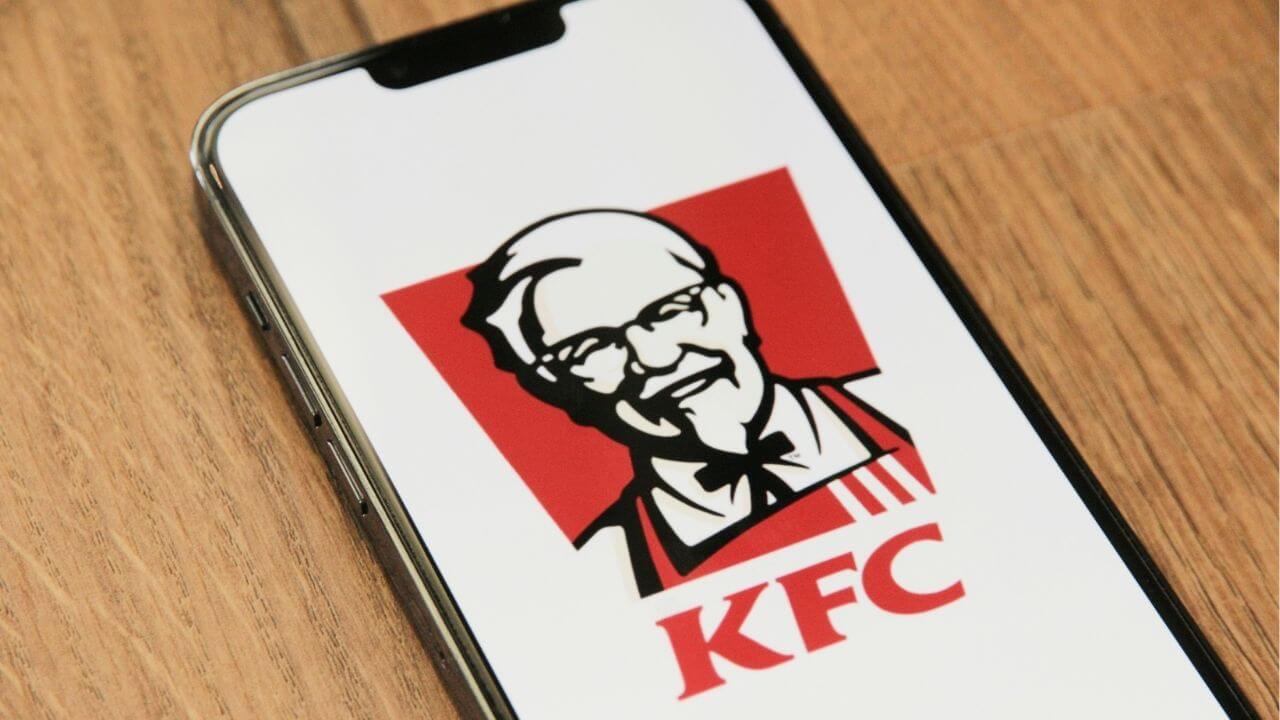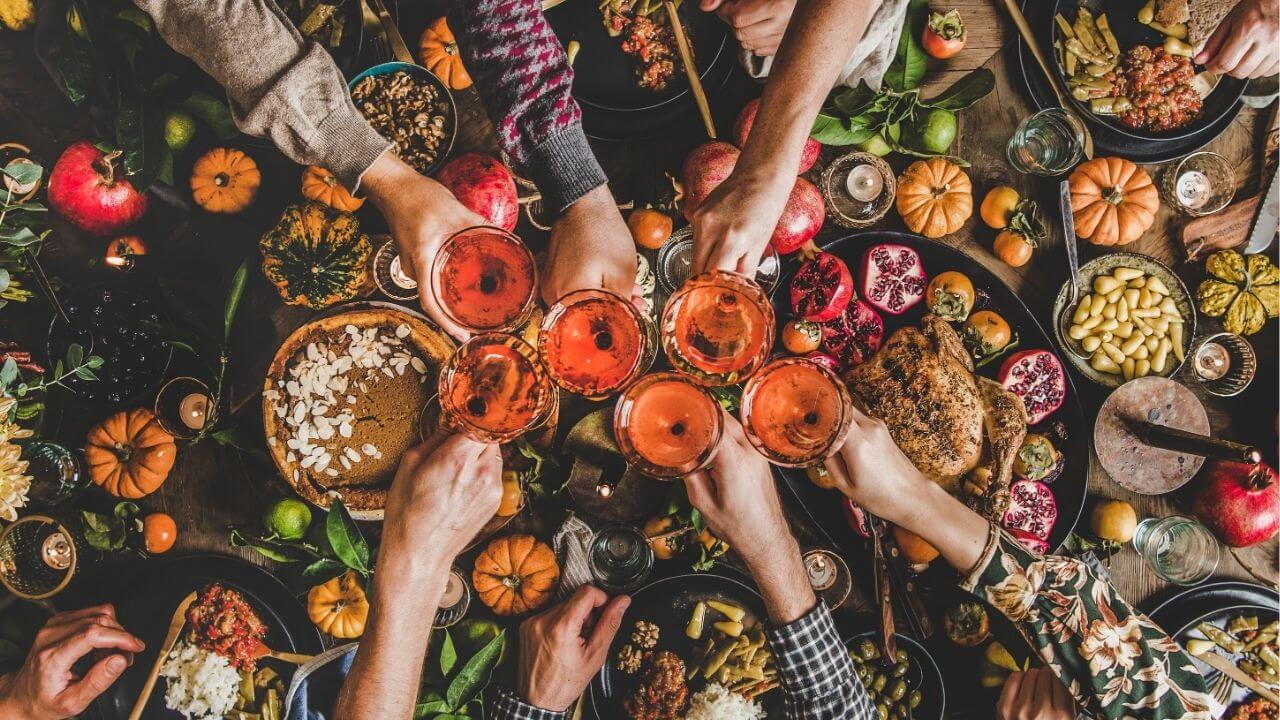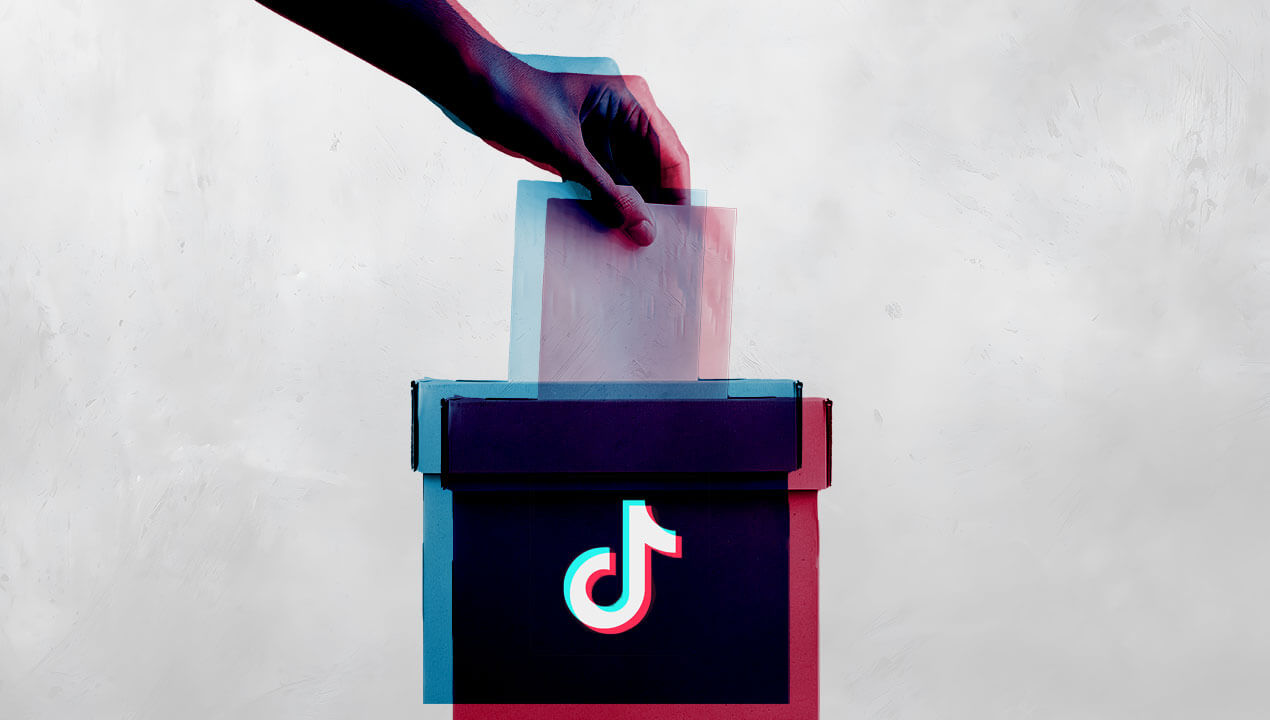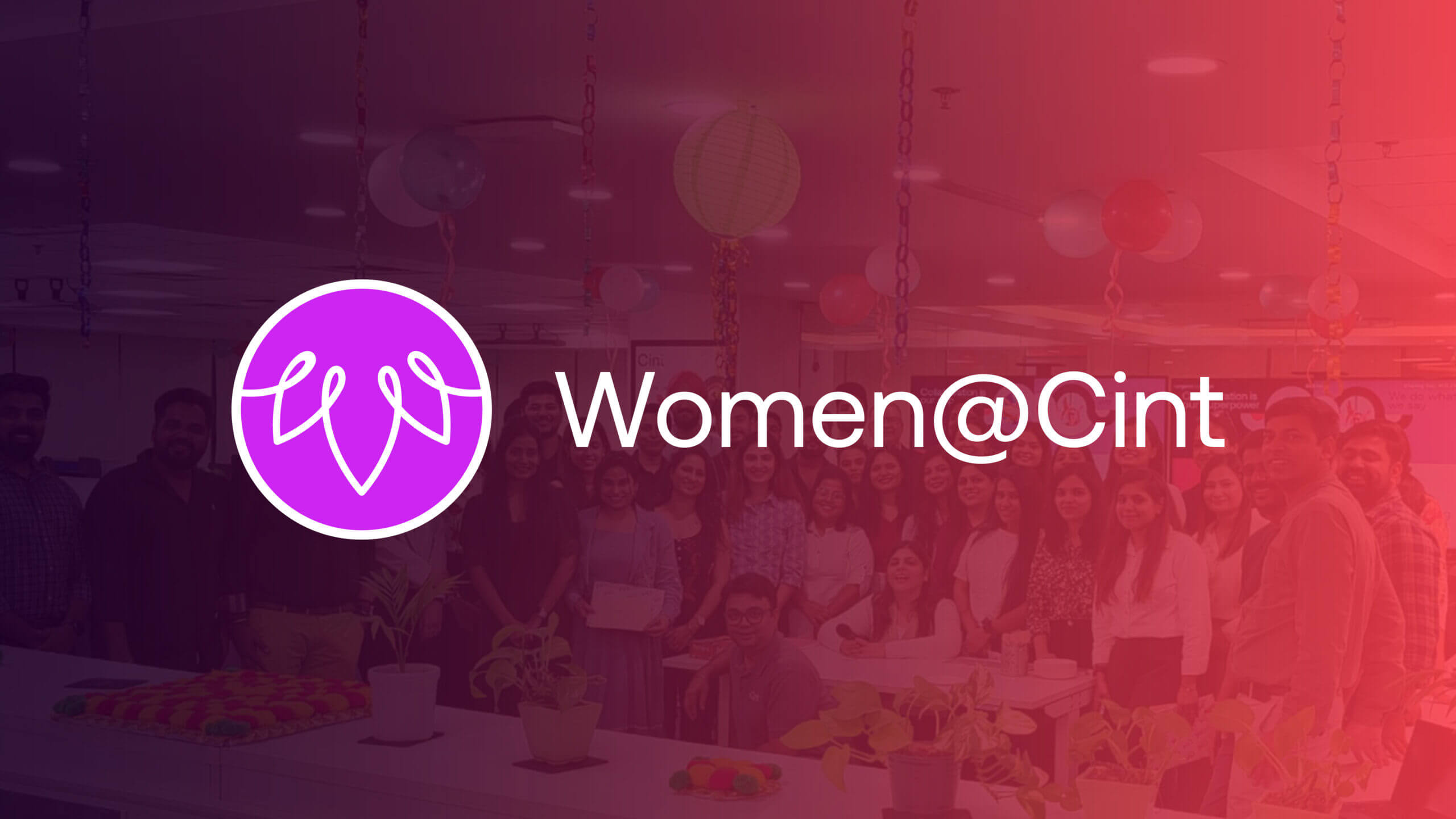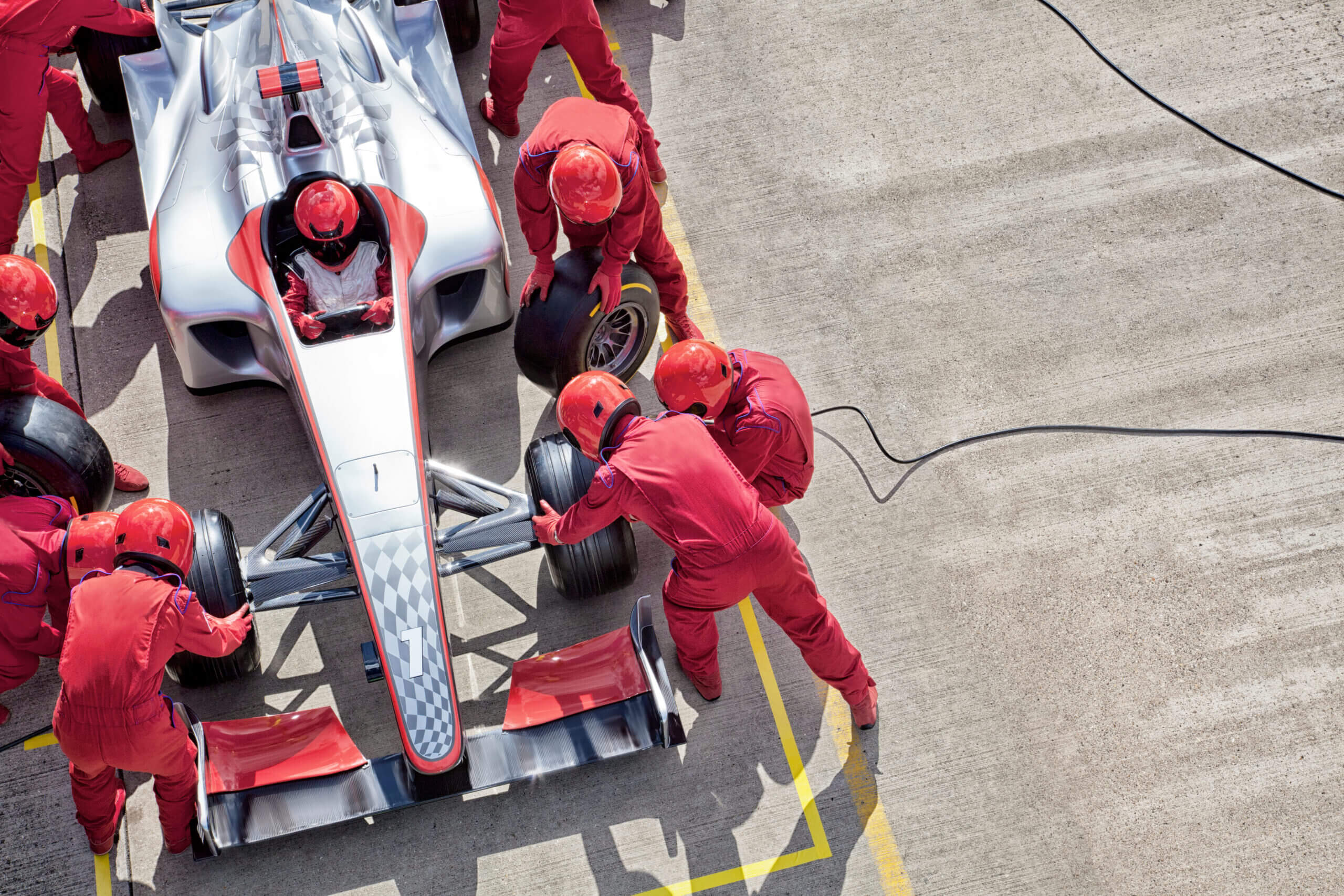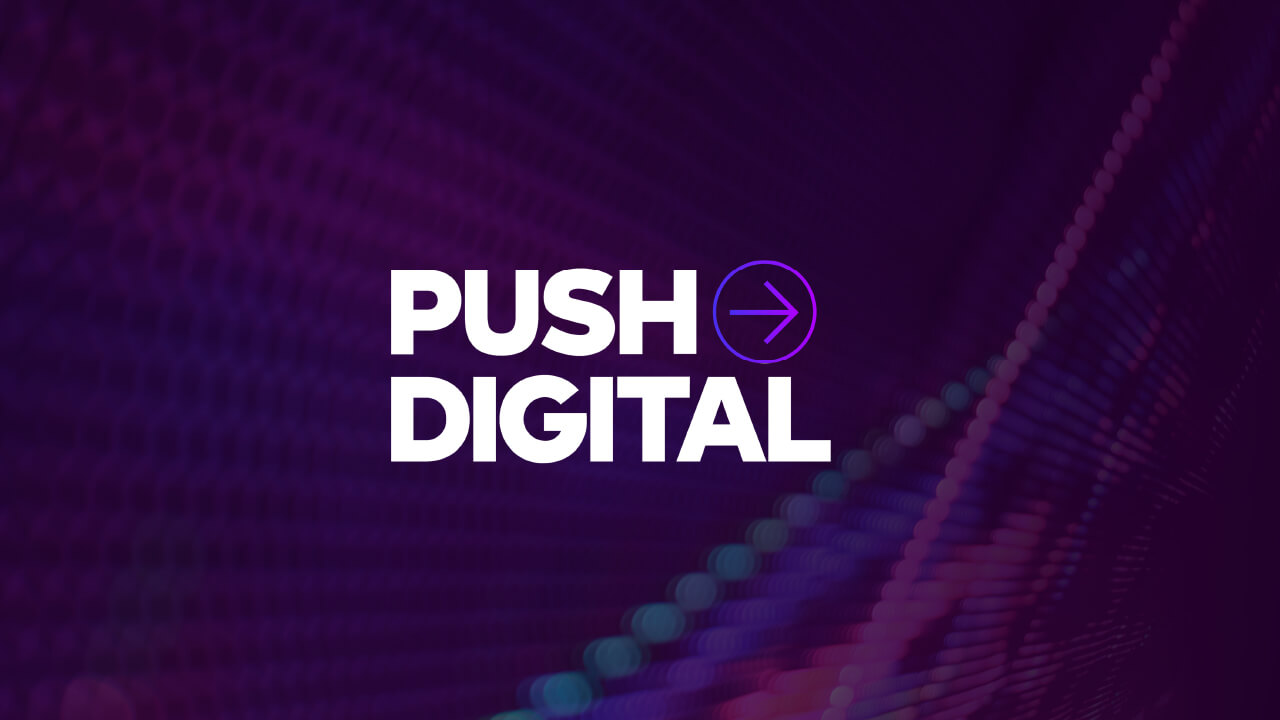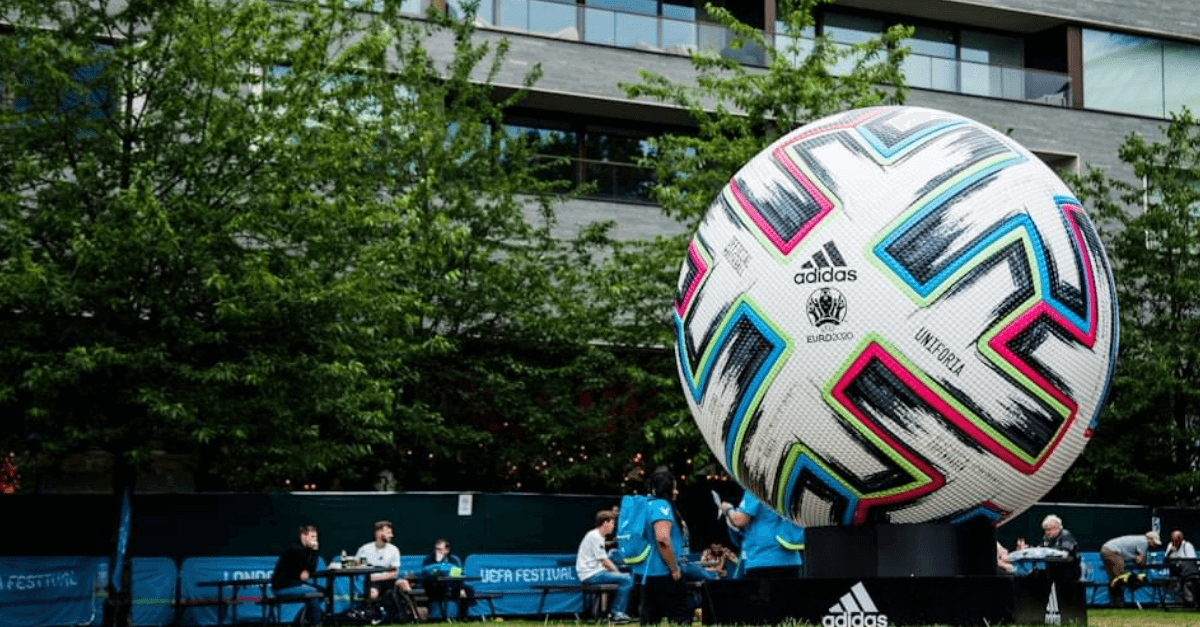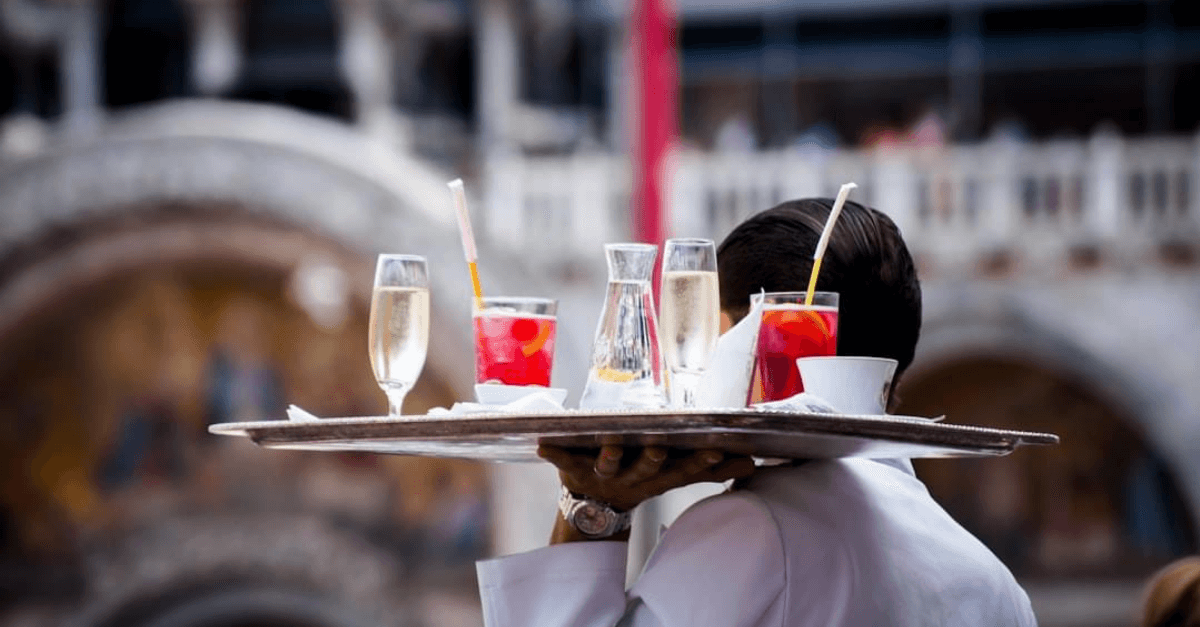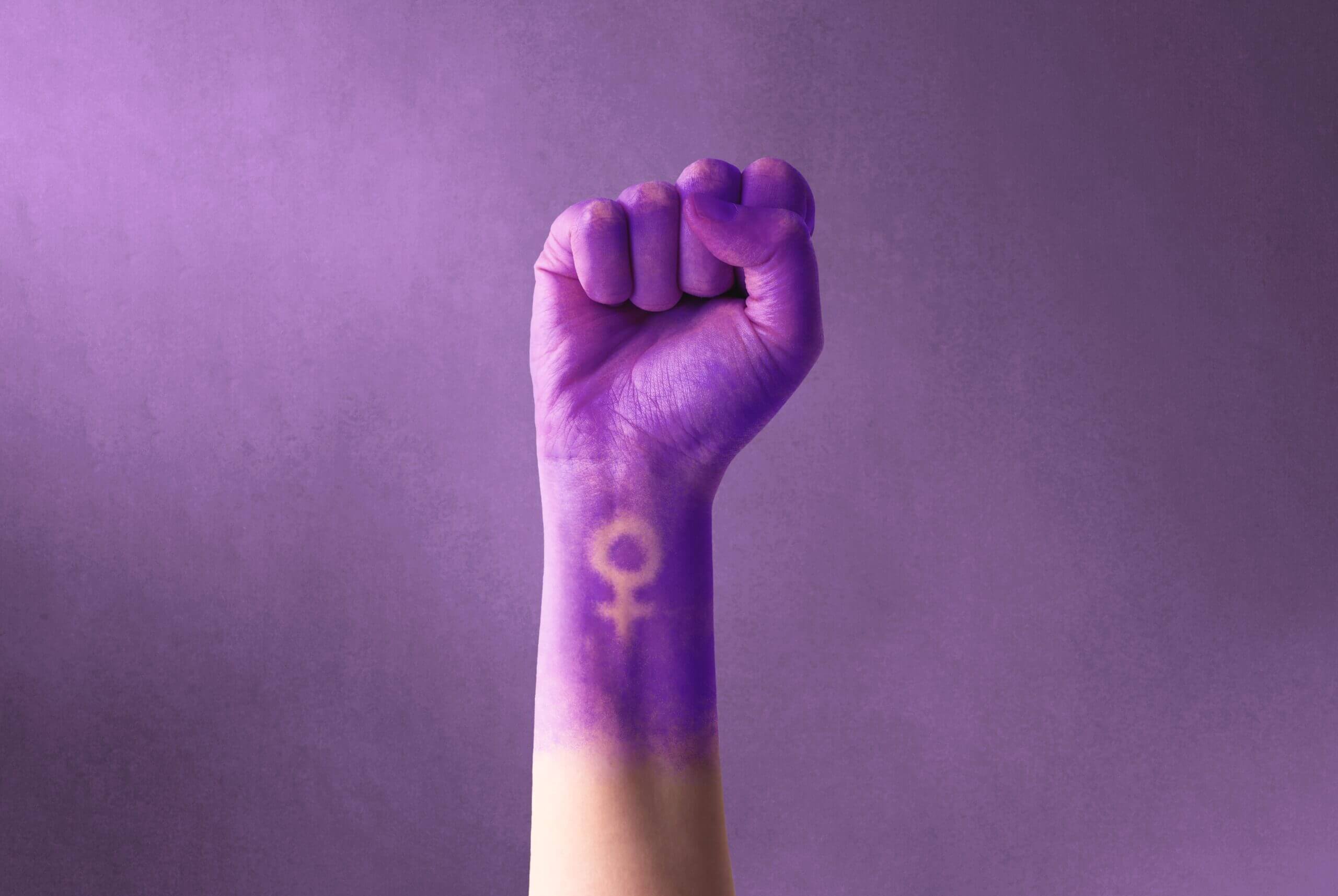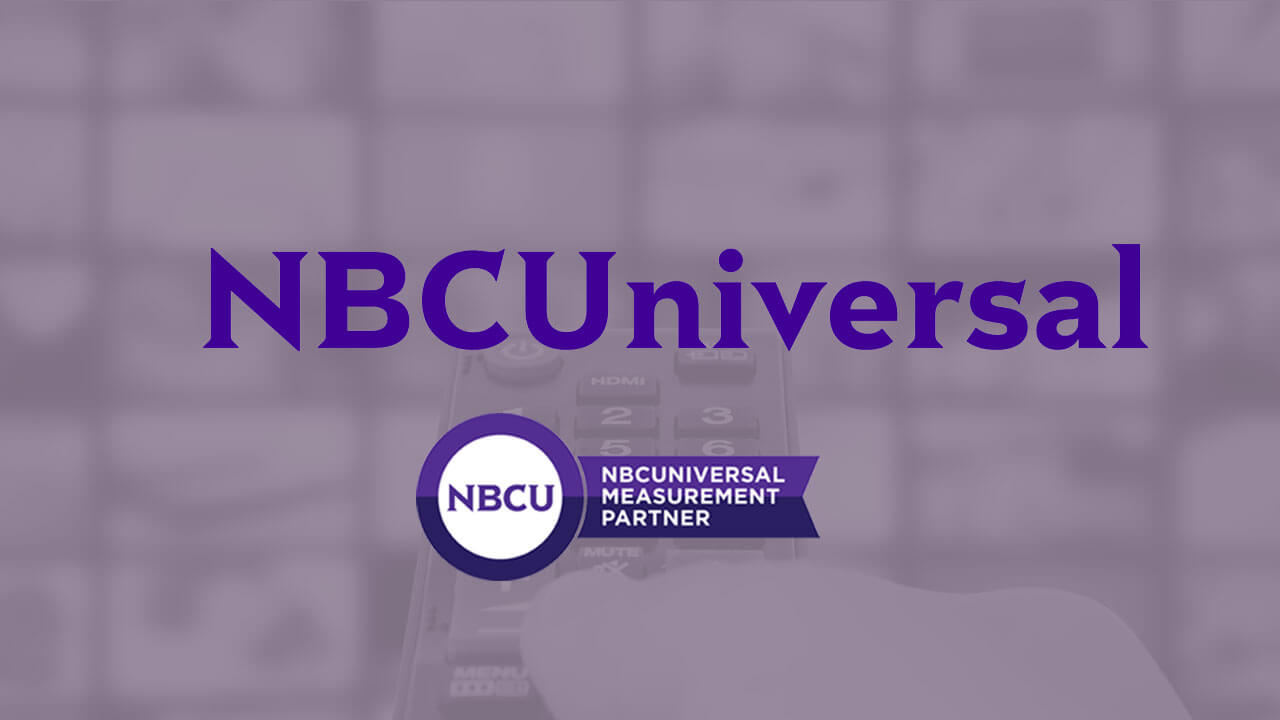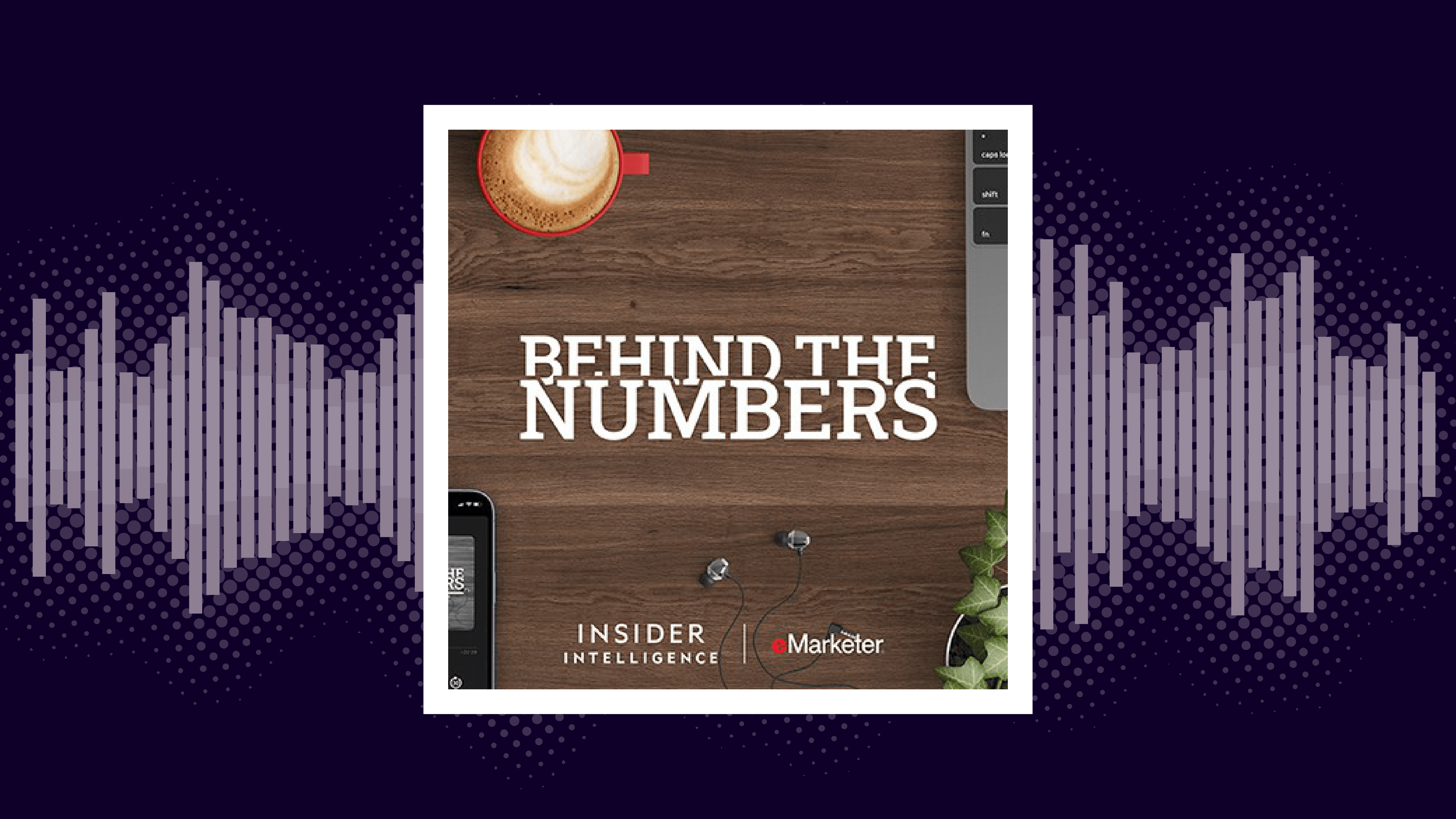With Diwali looming ahead, preparations for India’s grandest festival kick into high gear this October. Homes are adorned with lights, bustling markets are packed with shoppers, and families come together to celebrate the Festival of Lights. Associated with Goddess Lakshmi, who symbolizes wealth and abundance, Diwali revolves around rituals of offering and sharing food as a way to invite prosperity into homes.
But beyond the traditional celebrations, modern India is witnessing a significant shift in how people approach various aspects of the festival, driven by technological advancements across four key sectors: food delivery and eating out, digital payments, quick commerce (q-commerce), and e-commerce.
Our comprehensive Diwali survey, conducted across these sectors, reveals how technology is reshaping the way people prepare for and celebrate Diwali. Here’s a closer look at the trends driving change in 2024:
Food Delivery and Eating Out: Convenience meets tradition
Food has always been the heart of Diwali celebrations. Traditionally, families would spend days preparing elaborate meals and sweets, offering them to Goddess Lakshmi and sharing them with loved ones. However, in recent years, food delivery apps and dining out have emerged as popular alternatives.
According to our 2024 Diwali Food Delivery and Eating Out report, Indians are increasingly opting for the convenience of ordering festive meals online or dining at restaurants during Diwali. The report highlights key trends:
- Spending habits: Many are willing to spend more on food delivery services, particularly for festive-themed menus.
- Eating preferences: While home-cooked food remains revered, ordering in or eating out is becoming a preferred option, especially in urban areas where busy lifestyles make elaborate cooking challenging.
- Rise of food apps: Services like Swiggy, Zomato, and Uber Eats are catering to this demand with special Diwali menus and discounts. The convenience of ordering traditional delicacies without the hassle of preparation is driving the popularity of these platforms.
Yet, concerns around quality and authenticity persist, with many consumers seeking a balance between convenience and the emotional value of home-cooked meals.
Download the full report here.
Digital Payments: UPI leading the charge
The surge in digital payments across India, particularly through Unified Payments Interface (UPI), is a testament to how the country is embracing cashless transactions. Diwali, a time of shopping and gift-giving, sees a noticeable increase in the use of digital payment methods as people avoid cash in favor of faster, more secure options.
Our 2024 Diwali Digital Payments and UPI report reveals:
- Motivations for Digital Payments: UPI has transformed how Indians pay for goods and services, from festive shopping to paying delivery partners for food. The ease of use, security, and government support have driven its adoption across both urban and rural areas.
- Popularity during festivities: Diwali shopping, both online and offline, is increasingly powered by UPI. Fintech players like Paytm, PhonePe, and Google Pay have made digital payments a seamless experience.
- UPI Transaction Fees: While UPI remains free for most small transactions, there has been debate around potential fees for high-value transactions. Despite this, UPI remains the preferred mode of payment, especially for festival shopping.
Digital payments have become an integral part of India’s economy, especially during festivals like Diwali, when people are purchasing gifts, booking restaurant meals, or sending money to family members.
Download the full report here.
Quick Commerce: Speeding up festive shopping
The rise of quick commerce (q-commerce), which focuses on ultra-fast delivery of essentials like groceries, is revolutionizing how Indians approach everyday shopping. During Diwali, when preparing for the festival often means last-minute purchases, q-commerce services have become invaluable.
- Popularity and motivations: Q-commerce gained massive traction during the COVID-19 pandemic, as consumers sought contactless shopping options. Post-pandemic, its popularity has only grown, driven by the need for convenience, India’s tech-savvy youth, and fast-paced urban lifestyles. For Diwali, q-commerce offers the advantage of receiving essential items like groceries, gifts, and festive decorations almost instantly.
- Top product categories: Ultra-fast deliveries ensure that households are well-stocked with everything they need for celebrations, even at the last minute. What are the top categories shoppers utilise q-commerce for?
- Spending habits: Consumers are more willing to pay premium prices for the convenience of quick deliveries. The demand peaks during festive seasons like Diwali, when families need goods delivered quickly.
- Popular Q-commerce platforms: Platforms like Amazon, Zepto, Blinkit, Swiggy and Flipkart are leading the q-commerce charge – which ones come out top with consumers?
As India’s cities continue to grow, and with a young, tech-driven population leading the way, q-commerce is poised to remain an essential part of Diwali preparations, delivering instant convenience to festive shoppers.
Download the full report here.
E-Commerce: Diwali’s online shopping boom
India’s e-commerce market is booming, and Diwali plays a significant role in this growth. Online platforms like Amazon and Flipkart launch their biggest sales during this season, attracting millions of shoppers looking for the best deals on electronics, fashion, home decor, and gifts.
Our 2024 Diwali E-Commerce report explores how Indians are embracing online shopping:
- Spending habits and motivations: With Diwali being the biggest shopping season in India, e-commerce platforms like Amazon, Flipkart, and Myntra witness a significant surge in sales. Find out what shoppers are most drawn to when shopping online.
- Popular product categories: What are shoppers spending on over the festive season?
- Impact of ratings and reviews: Consumers rely heavily on product ratings and reviews before making a purchase, especially for big-ticket items, but how important exactly are ratings and reviews when buying something online.
- Influences on purchasing decisions: Friends and family, TV ads or social media? We look at a range of influences that make the most impact on purchasing decisions for Indian shoppers.
- Most popular platforms and payment modes: Which e-commerce platforms dominate the market during Diwali? And which payment methods are preferred by shoppers when making purchases online?
The report highlights how online platforms are not just catering to India’s urban elite but also to middle-class families in smaller towns, who now have access to a wider range of products than ever before.
Download the full report here.
The future of festive commerce
Diwali 2024 is a clear example of how India is blending tradition with modernity. While rituals and customs remain central to the festival, technology is playing an increasingly important role in shaping how people prepare for and celebrate the occasion – from getting festive meals delivered to the door and making digital payments to relying on ultra-fast grocery deliveries and online shopping.
For more detailed insights into the shifting dynamics across these sectors, download our full reports on:
Discover how these trends are shaping India’s festive economy and how businesses can best adapt to the rapidly evolving sectors.
Cint’s research technology helps our customers to post questions and get answers from real people, in real time – and to use these insights to build business strategies, publish research, and accurately measure the impact of advertising efforts. Find out more here.









